You’re in the right place if you’re dreaming of a beautiful garden bursting with lilac bushes. In this guide, I’ll walk you through how to grow a lilac bush in your garden.
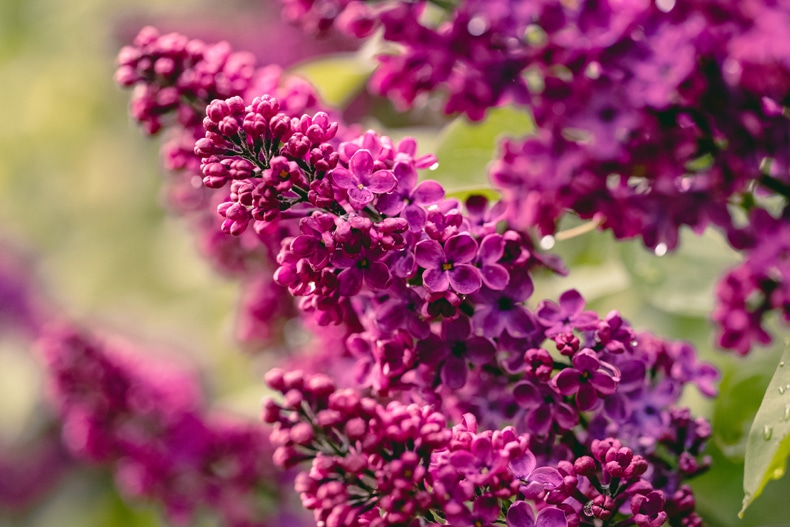
Lilac is a fragrant and pretty plant that produces gorgeous spring flowers. And it’s also hardy and low-maintenance, making it ideal for any gardener.
You don’t need to be green-fingered to grow lilac in your garden. So, read on for all my tips on planting, growing, and caring for lilac bushes.
Why Grow a Lilac Bush?
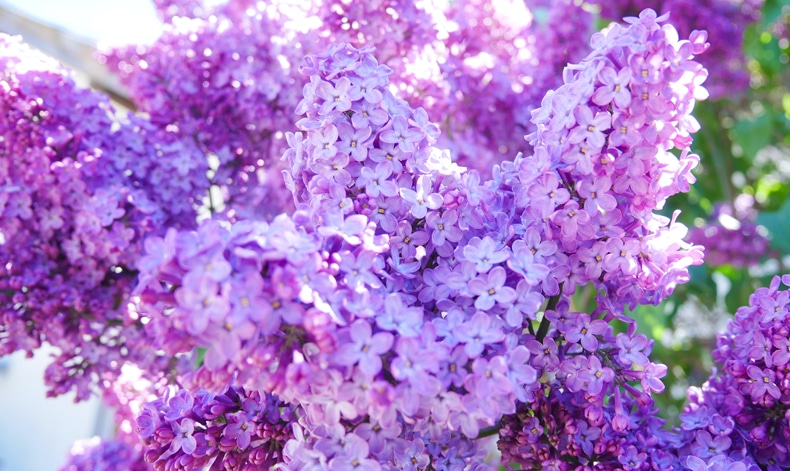
Lilac is one of the best options for beginner gardeners. This plant is hardy, easy to care for, and most importantly, it looks beautiful!
Not only do lilac bushes have pretty flowers, but they also produce a lovely scent. So, your garden will look picturesque and smell amazing when your lilacs bloom.
They will attract birds into your garden, which can help to keep other pests away. Lilacs are also attractive to essential pollinators like bees and butterflies.
Lilac bushes can grow in a range of different climates and temperatures. They can also adapt to different soil types and don’t need too much intensive care.
Plus, once you’ve planted lilac, it should bloom year after year. These plants can last for several decades, making them a wise and fruitful investment.
And that makes them a good choice for any gardener, especially the beginners out there. No matter your experience, lilac deserves a spot in your garden.
How to Grow Lilac Bushes
Here are some simple tips on planting your lilac bushes and seeing them flourish!
Plant Your Lilac Bush at the Right Time of Year

You’ll need to time it right when planting your lilac bush. The general advice is to plant it before the first frost – so plan on planting in the fall or early winter.
You may be able to get away with planting in early spring if there are still some frosts forecast. If you have very cold winters, waiting until early spring is also advisable.
But otherwise, you may need to wait until next year. So, that’s where some careful planning is essential.
Choose a Good Spot in Your Garden

Now, you need to decide where to plant your lilac. These bushes grow fast and have large, far-reaching roots, so you’ll need to give them space to grow.
And that’s why I recommend having at least six feet set aside for your lilac bush. Consider how many lilac bushes you’re going to plant.
As these bushes get pretty big, you’ll need to ensure you have enough space for them to grow.
Also, avoid planting lilac too close to a fence, wall, or other structure.
You’ll need to consider how much light your bushes will get. These plants flourish when they get several hours of direct sunlight every day. So, avoid any shady spots.
And finally, you’ll need to make sure that the soil drains well and doesn’t become waterlogged.
Test & Prepare Your Soil

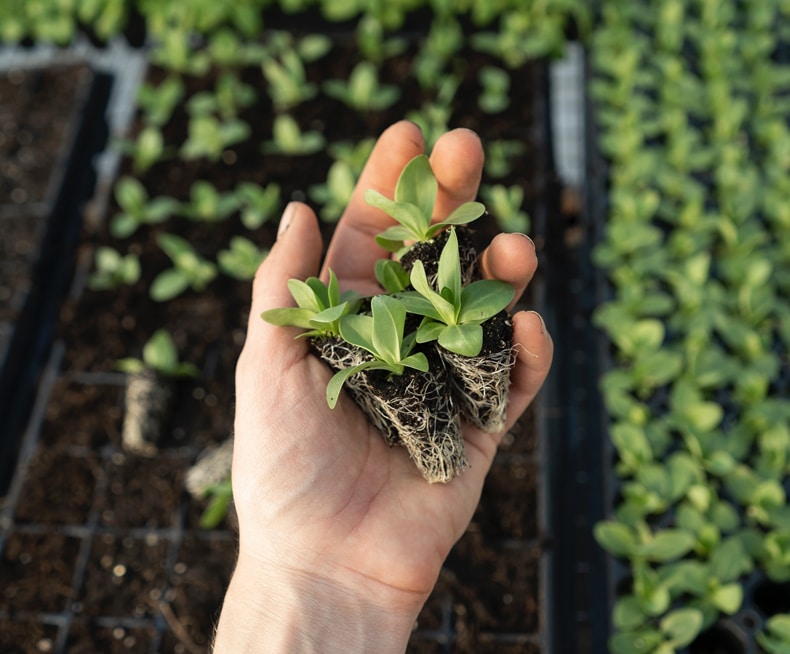
While lilacs are quite a hardy plant, they prefer slightly alkaline soil. The ideal pH level for lilac bushes is around 6.5 to 7.
So, knowing how acidic or alkaline your soil is can tell you whether lilac will grow well there.
The best way to test your soil’s pH level is by using a soil pH meter.
If you discover that your soil is on the acidic side, don’t worry! You can alter the pH by adding some garden lime to make it more alkaline.
How to Plant your Lilac Bushes
It’s time to get your hands dirty and start planting your lilac bushes!
So, grab your shovel and start digging a hole for your plant. It needs to be pretty deep to provide enough space for the roots.
Keep going until you think you’ve dug deep and wide enough. Then, dig a bit more for good measure Add an extra few inches in depth and width to give your plant room to grow.
Then, you can transfer your lilac bush to the hole. Gently fill it back in with soil, and then give it a good watering. The soil should be moist but not compacted.
You can also add mulch around your lilac bush. This step isn’t essential, but it will deter any weeds from growing around your new plant.
More Tips for Planting Lilac Bushes
Now, you know the basics of growing lilac in your garden. But here are some more helpful tips for caring for your lilac bushes.
Don’t Overwater Your Lilac Bushes
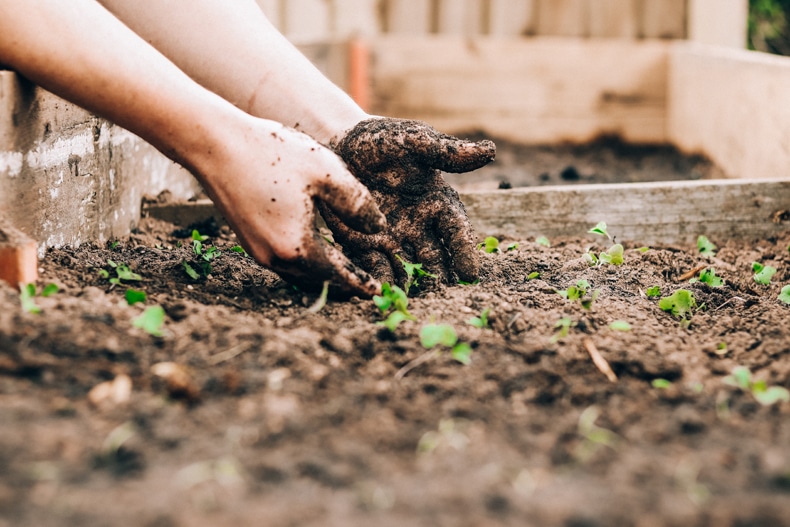
Lilacs need plenty of water, but you also need to be careful not to overwater your lilac plants.
That’s why choosing a spot with well-draining soil is so essential.
Make sure that the water drains away from the soil and doesn’t become waterlogged. Lilacs don’t like to sit in a puddle of water because the roots could start to rot underground.
Once you’ve watered your plant, give it a few days until you water it again. And before you do, check that the soil is dry – that’s a good sign it’s ready for more water.
This way, you’ll ensure your plant gets just the right amount of water.
Select a Few Different Lilac Varieties
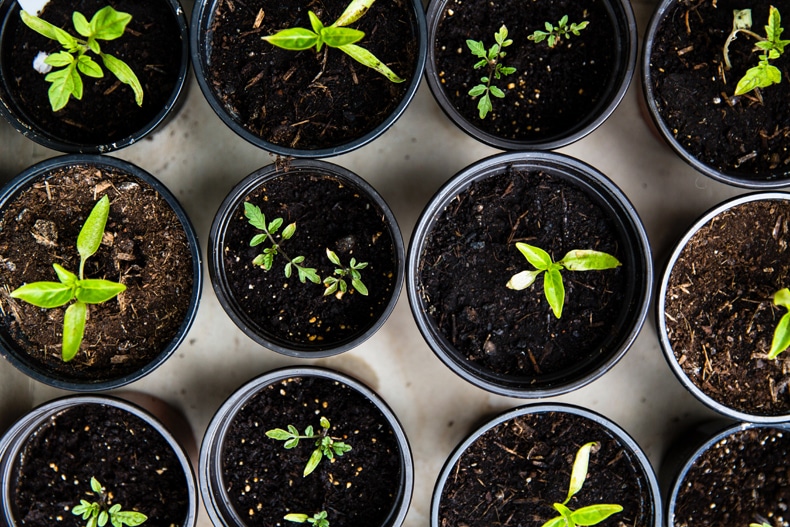
Lilac bushes are prettiest when they’re blooming. But lilacs only tend to bloom for around two weeks each year, which passes before you know it.
So, I recommend choosing a few different lilac varieties to plant in your garden. You can purposefully select them according to when they’ll bloom.
And in this way, you can have beautiful lilac flowers in your garden throughout the spring months.
Be Prepared to Wait for the Blooms
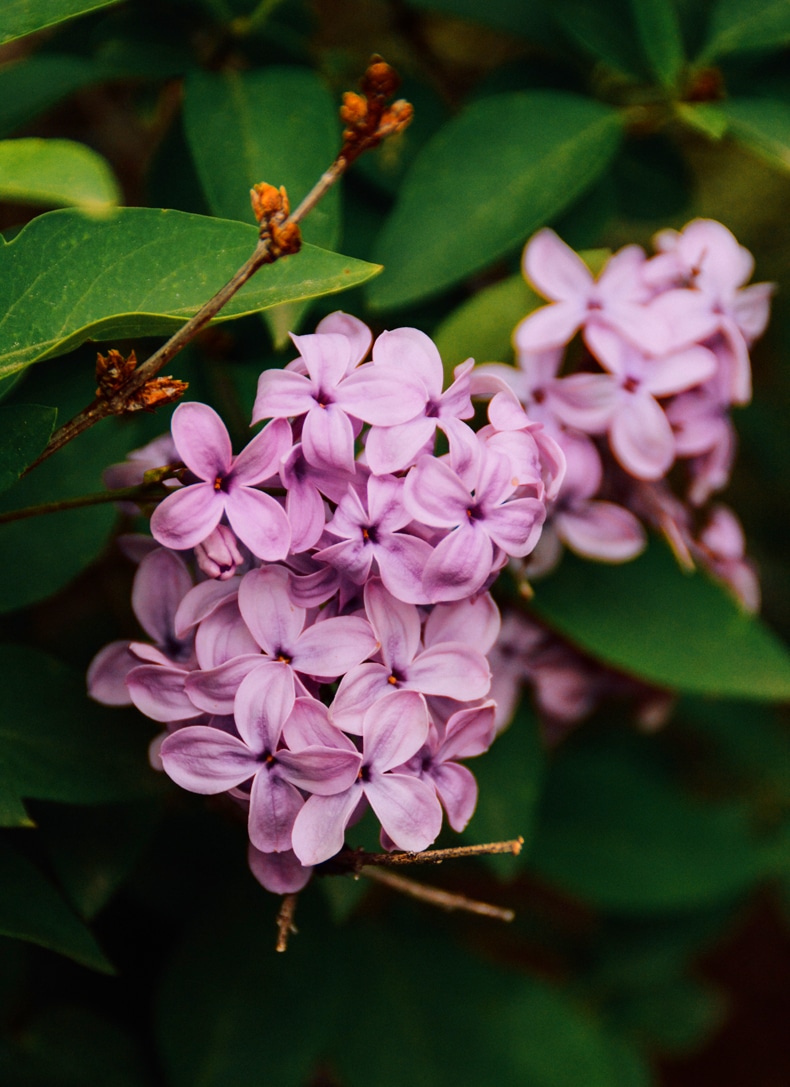
If you’re growing lilac from the roots up, you’ll need to have plenty of patience.
It could take several years to have a thriving bush covered in blooms. But it will be well worth the wait!
If you’re not that patient, you could take a shortcut and buy a more developed lilac bush.
A promising sign is if it already has small buds growing. Then, you may only need to wait until the spring to have beautiful lilac flowers in your garden.
Adding Fertilizer to your Lilac Bushes
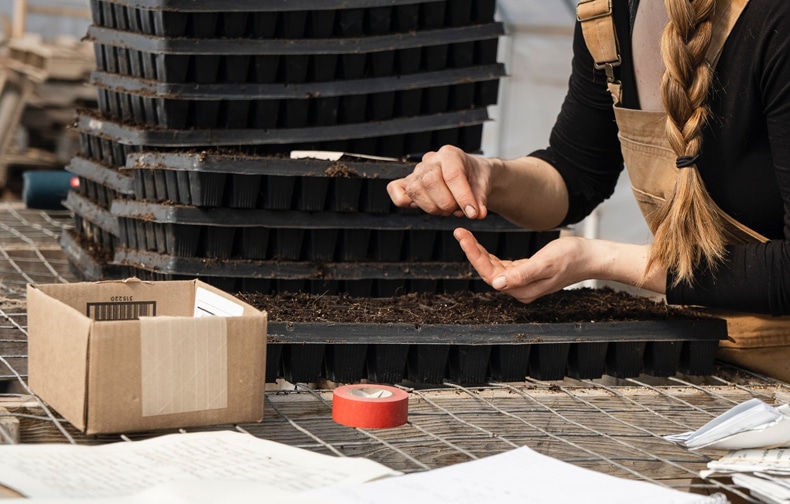
Just like the rest of us, lilacs need vitamins and nutrients. So, it’s wise to give your lilac bushes some fertilizer or plant food to help them grow.
So, how does plant food work? It adds nutrients into the soil, which are broken down by helpful microbes.
Then, your lilac bushes will absorb all that goodness and should become even stronger.
Deadheading your Lilacs
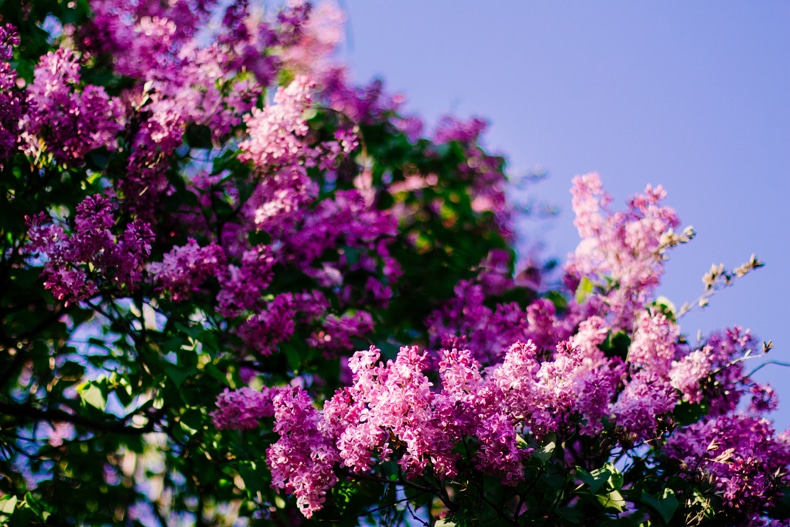
So, your lilac bushes have started to flower. Congratulations!
It may sound counterintuitive, but you should remove the flowers once they start to die.
Deadheading wilted flowers will allow your lilac to focus its energy on new growth.
The best way to deadhead your lilac flowers is by snipping them off at the base of each stem.
But make sure that you don’t cut away any new stems in the process!
Lilac Bush Varieties

There are a few different lilac bush varieties to choose between for your garden. And it’s important to select the right type so that it will thrive in the conditions available.
For example, some lilac bushes can withstand cold temperatures better than others. Likewise, you’ll find certain varieties grow better in warmer temperatures.
And some will only thrive in full sun, while others can cope with a few hours of sunlight a day.
The Common Lilac
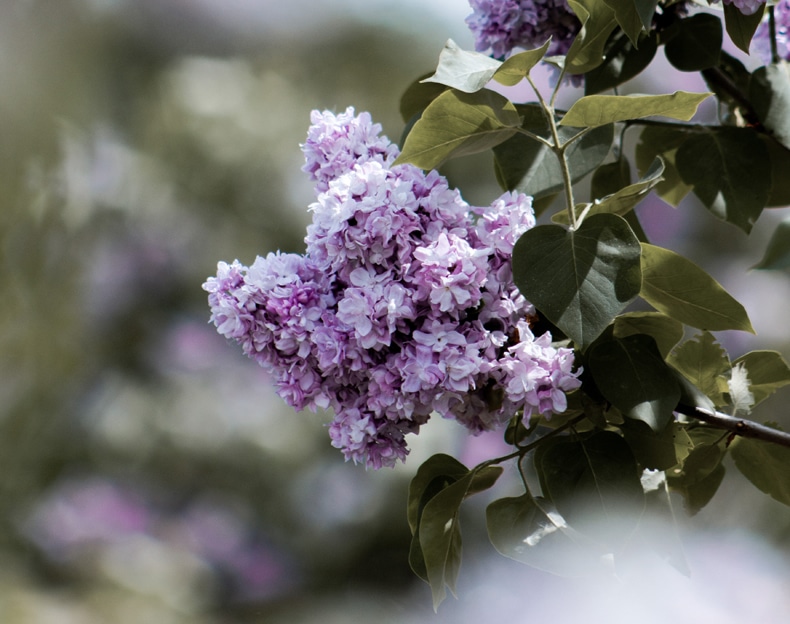
As the name suggests, the Common Lilac is the most well-known type of lilac. It’s also known as the Syringa Vulgaris and produces pink, white, or purple flowers.
The Common Lilac is a fragrant variety that grows to a large size. It may start to look unkempt if you don’t stay on top of pruning.
There are also ‘low-chill’ varieties of the Common Lilac that do better in warmer climates. These plants can handle higher temperatures. So, if you live in a hot, dry area, keep that in mind when choosing your lilac bushes.
Lilac Rebloomers
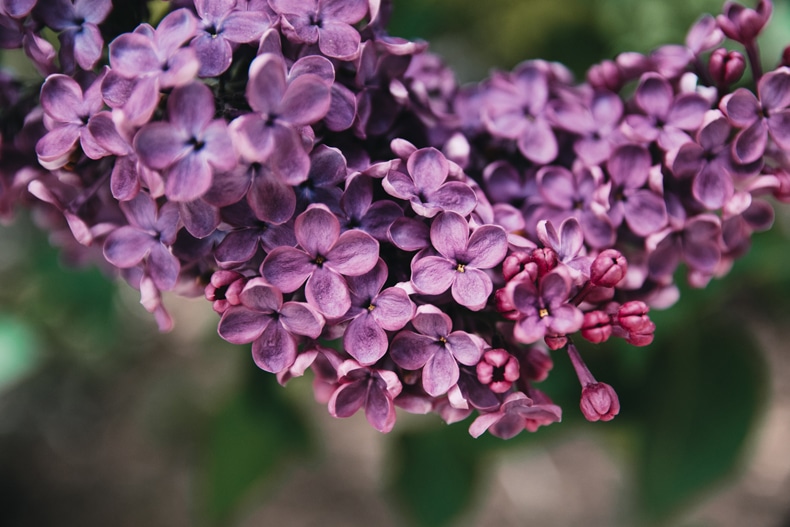
There are some interesting new varieties of lilacs that gardeners have developed. One example is the Bloomerang lilac.
What’s different about these plants is that they bloom more than once over the spring. So, you’ll have beautiful lilac flowers for longer than with the Common Lilac.
However, these rebloomers tend to have a much fainter smell. But they’re also hardier and more resistant to mildew and other common issues that affect lilacs.
And they’re often smaller in size, making them ideal if you’re short on space in your garden.
Tree Lilac
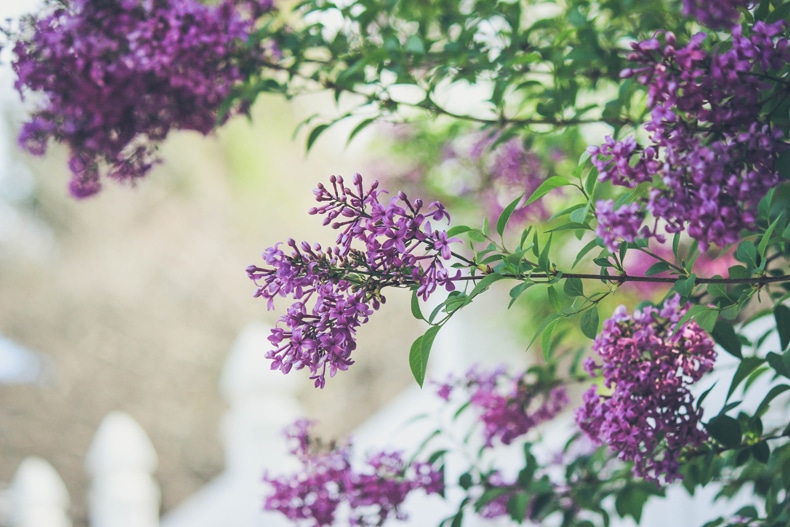
Another option is to plant a lilac tree instead of bushes. As you’d expect, a lilac tree will grow much larger than a lilac bush, reaching around 20 feet. So, it’s still shorter than most trees.
Tree lilac also blooms later in the year, generally in the summer months. It produces creamy white flowers that look stunning.
One advantage of a lilac tree is that you won’t need to prune it as you would with bushes. But you will need to clear the leaves when they drop in the fall.

The Wrap Up
By now, you’re an expert on the planting and care of lilac bushes. So, you should be all set to create a gorgeous garden full of lilac blooms in the spring.
Feel free to ask any questions below, and let me know how you get on in the comments!
Follow Quiet Minimal on Pinterest for more interior and garden tips!


